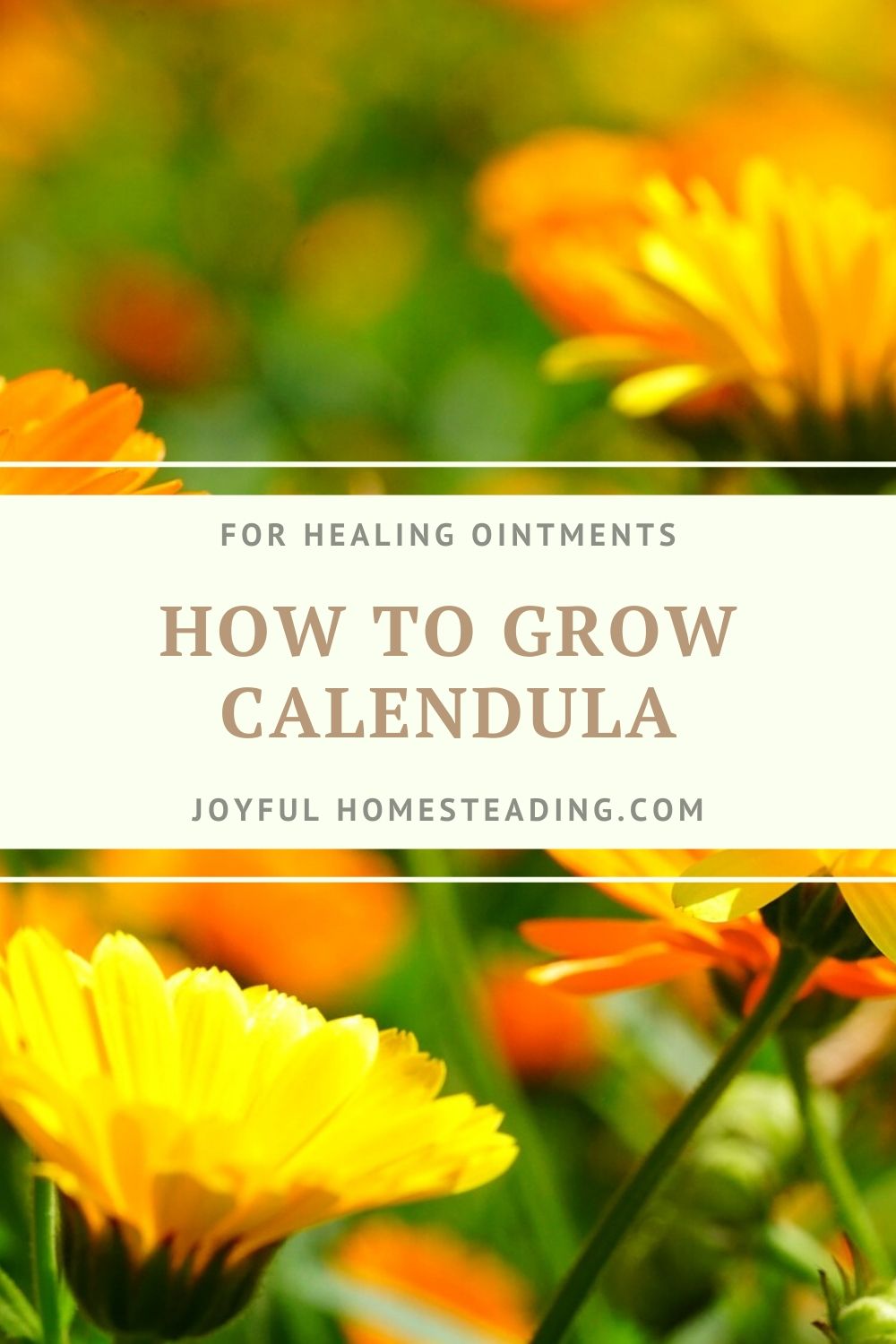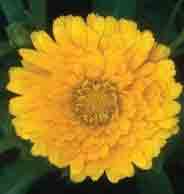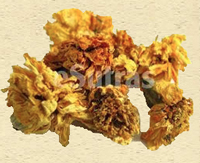How to Grow Calendula
How to grow calendula and use it medicinally to heal wounds and cure warts. This unassuming little flower, also known as pot marigold, is one of the most valuable additions you should definitely have in your self-reliant garden.

Photo by Hans at Pixabay
|
This flower earned the name calendula because it was supposed to bloom every month of the calendar. |
 |
It earned the name Marigold through a corruption of the Anglo-Saxon version of merso-meargealla or the Marsh Marigold (a different plant from Calendula).
Calendula has been used both for cooking and for medicine since the sixteenth century.
The flowers of Calendula were once used to give cheese its yellow color.
You can use both the leaves and flowers of the herb Calendula.
But make certain you are using Calendula and not another plant that is called Marigold.
There are other plants with the name Marigold, but you want the real thing, so grow your Calendula from seed.
How to Grow Calendula
For the Medicine Cabinet
|
A poultice of the herb Calendula, or a calendula salve (see recipe below) is useful for curing warts. |
Make an infusion of the freshly gathered flowers to ease the discomfort of a fever; it will promote perspiration, which helps drive the toxins from your body.
The infusion, once cooled, can also be applied externally to help heal wounds.
Or you can make a calendula salve. Place 1/4 cup of dried calendula petals in a mason jar and cover with half a cup of extra-virgin olive oil. Allow it to sit in a sunny window sill for two weeks until the oil is a rich, golden color. Strain the oil in a cheesecloth to remove the petals and then place the oil in a crockpot with 1/8 a cup of grated beeswax. Turn the crockpot on low, and allow it to heat slowly for two to three hours. Add 40 drops of lavender essential oil then pour the mixture into a clean jar. Allow it to cool, and then use the salve for everything from diaper rash to cuts, mild burns and even eczema.
I recently used calendula ointment to cure a small wart. I dabbed a bit into the area every day, and gradually the wart went away. It also takes the sting out of burns and help cuts heal much more quickly.
In the Kitchen
According to A Modern Herbal (Volume 1, A-H): The Medicinal, Culinary, Cosmetic and Economic Properties, Cultivation and Folk-Lore of Herbs, Grasses, Fungi, Shrubs & Trees with Their Modern Scientific Uses, the leaves when chewed at first communicate a viscid sweetness, followed by a strong penetrating taste, of a saline nature. Others describe the herb Calendula as having a tart or bitter taste. Add it to your salads and soups for a unique flavoring.
How to Grow Calendula
To make certain you are growing true Calendula in your garden, start these from seeds. The herb Calendula is easy to grow. Sow your seeds in early spring in a sunny or partially sunny location. Weed regularly and thin when necessary. If you sow your seeds in April, you should have flowers in June.
Learn More About Medicinal Herbs











New! Comments
Have your say about what you just read! Leave me a comment in the box below.